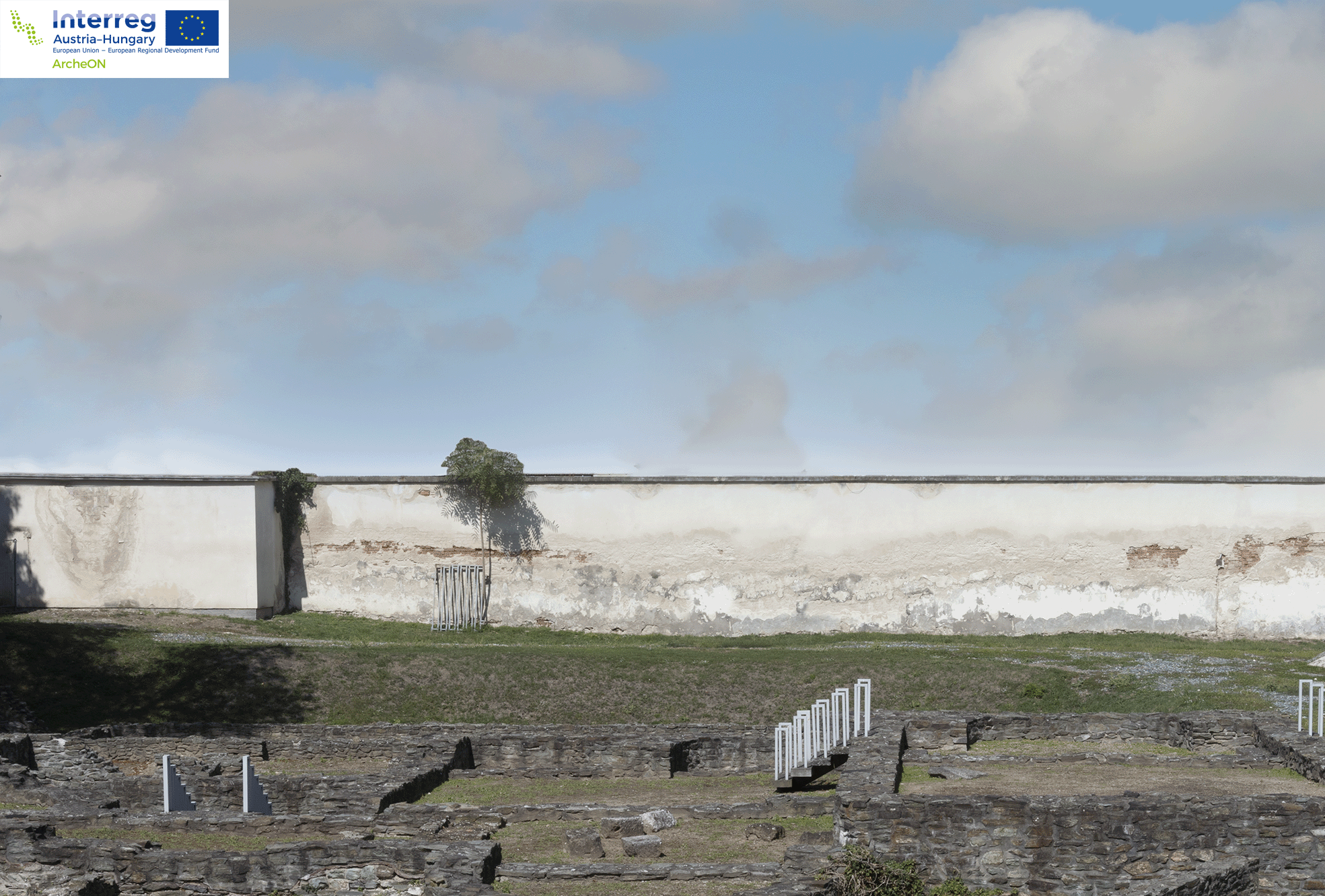3D-reconstruction of archaeological finds
Terra sigillata cup fragment from the 1-2th century AD.
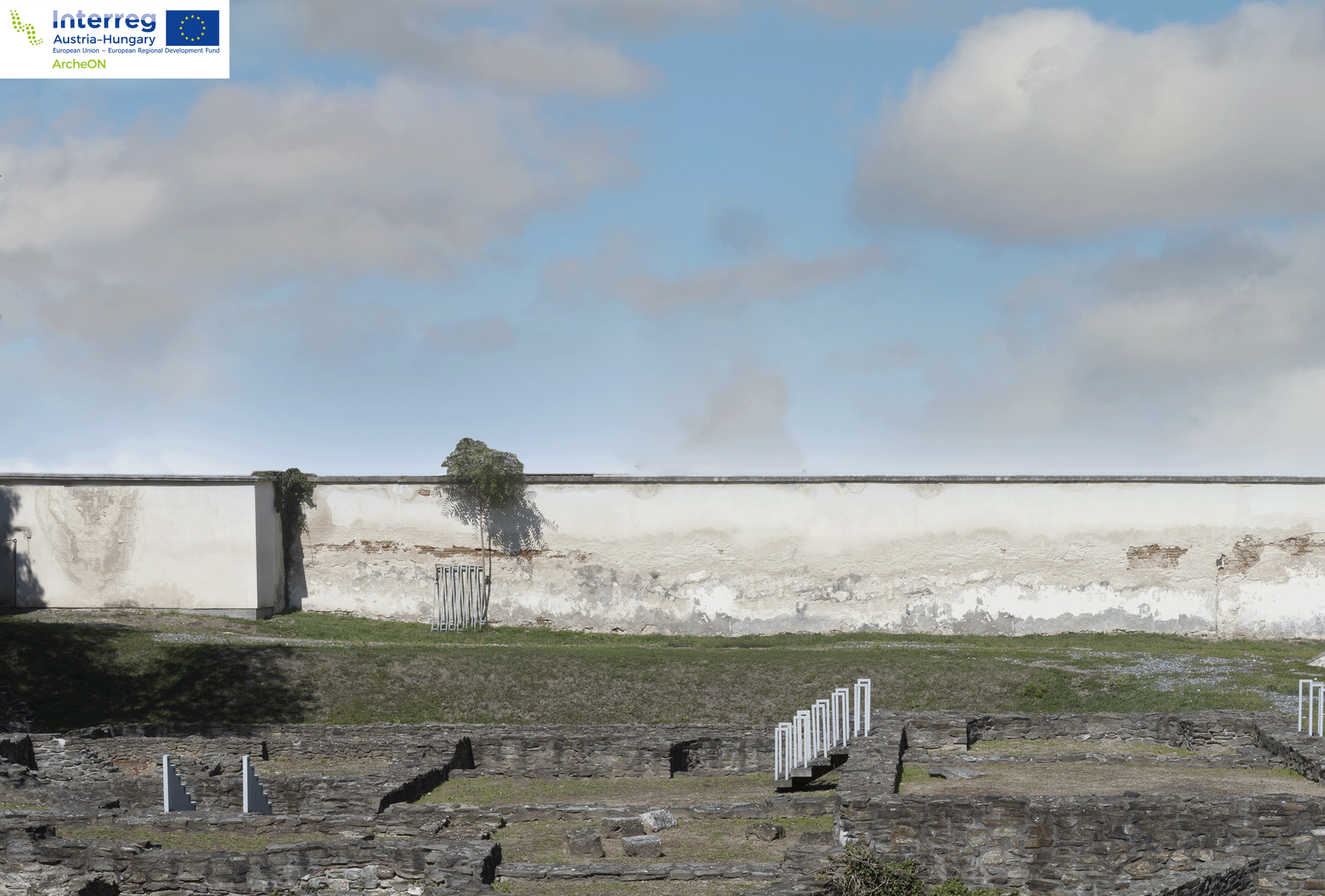
Terra sigillata bowl with egg strings. This type of bowl was a popular and widespread imported pottery throughout the empire in the 1st-2nd centuries AD.
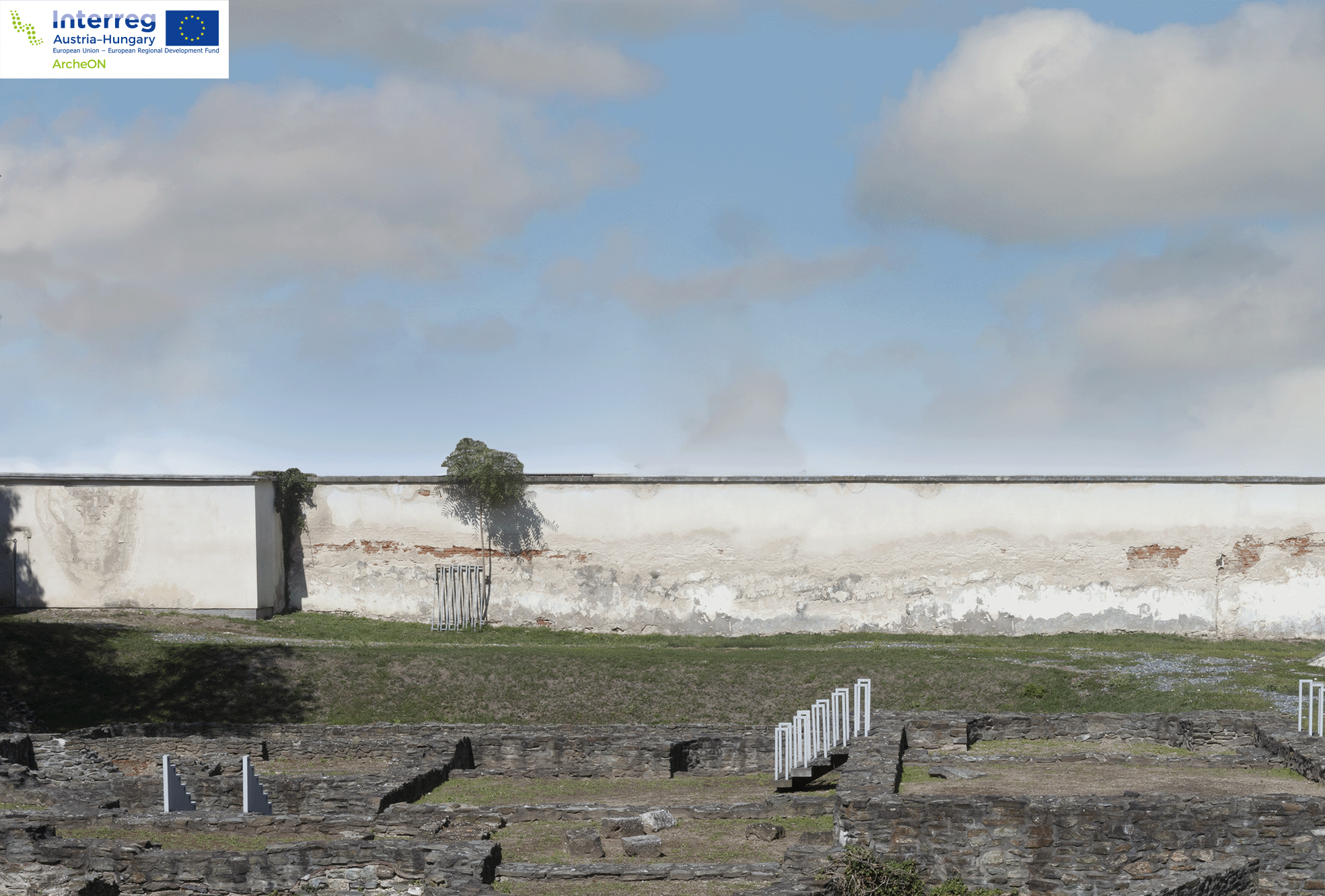
Pestle with spout. (2nd century AD.): These cooking and serving utensils are typical of Roman food culture. They were used for crushing spices, grinding seeds and mixing sauces throughout the four centuries of Roman times.
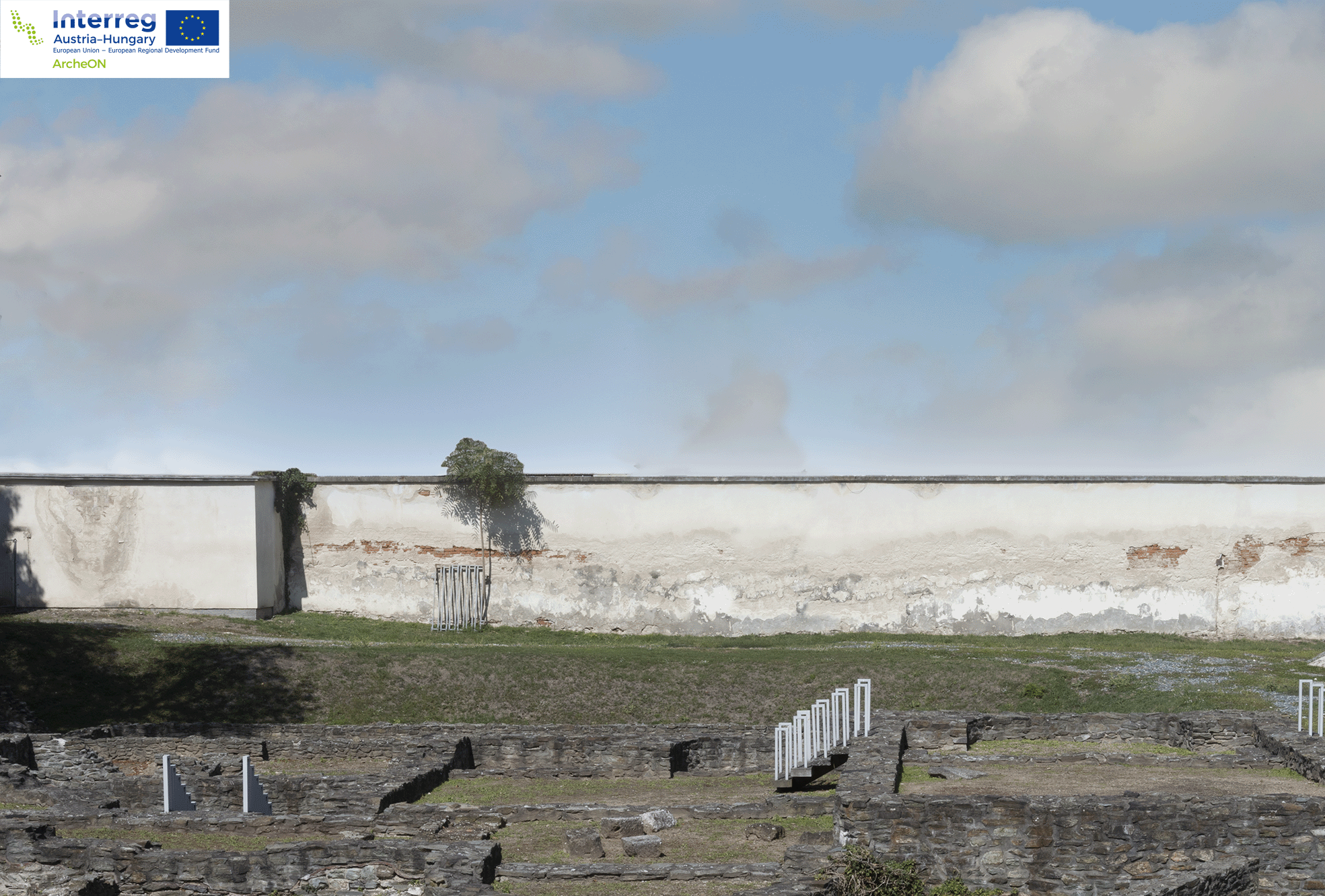
Star-shaped object from the formative/early phase of the Lengyel culture. Its function is unknown, therefore many archaeologists consider it a "cult object".
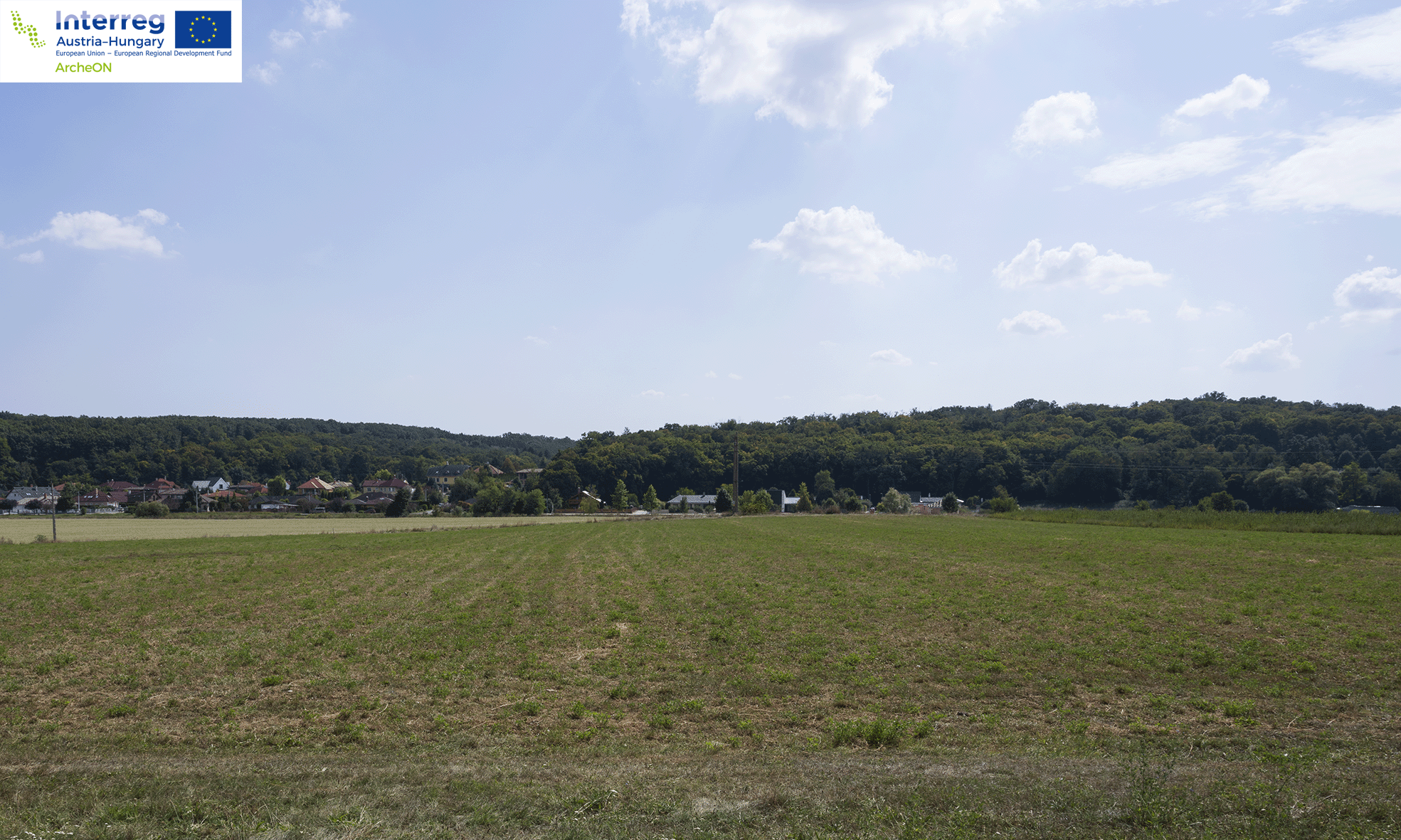
A fine ceramic bowl with a curved side and a smooth surface from the formative / early phase of the Lengyel culture. A common find of the period.
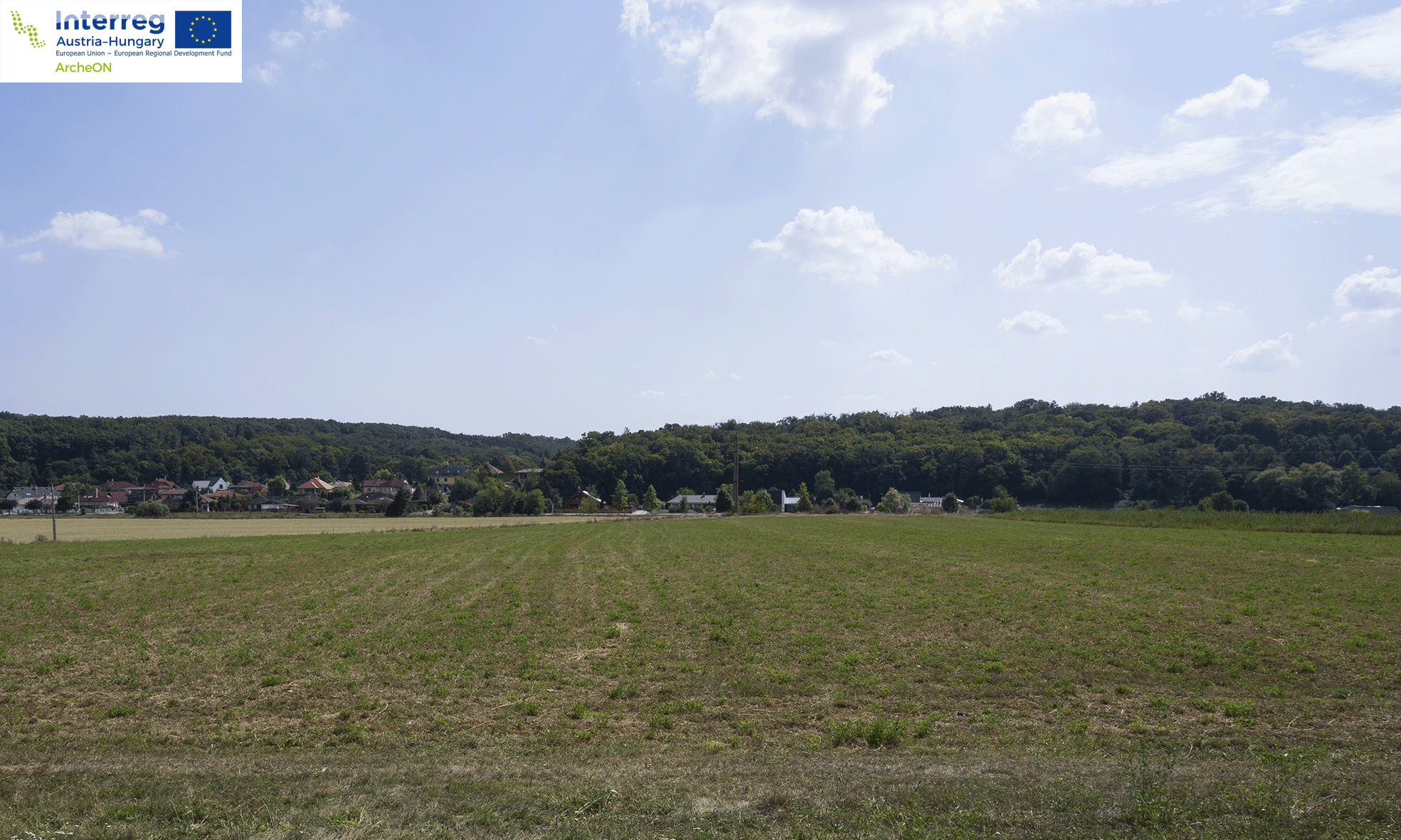
Painted S-profile cup from the formative/early phase of the Lengyel culture. The type is one of the most characteristic vessels of the Lengyel culture.
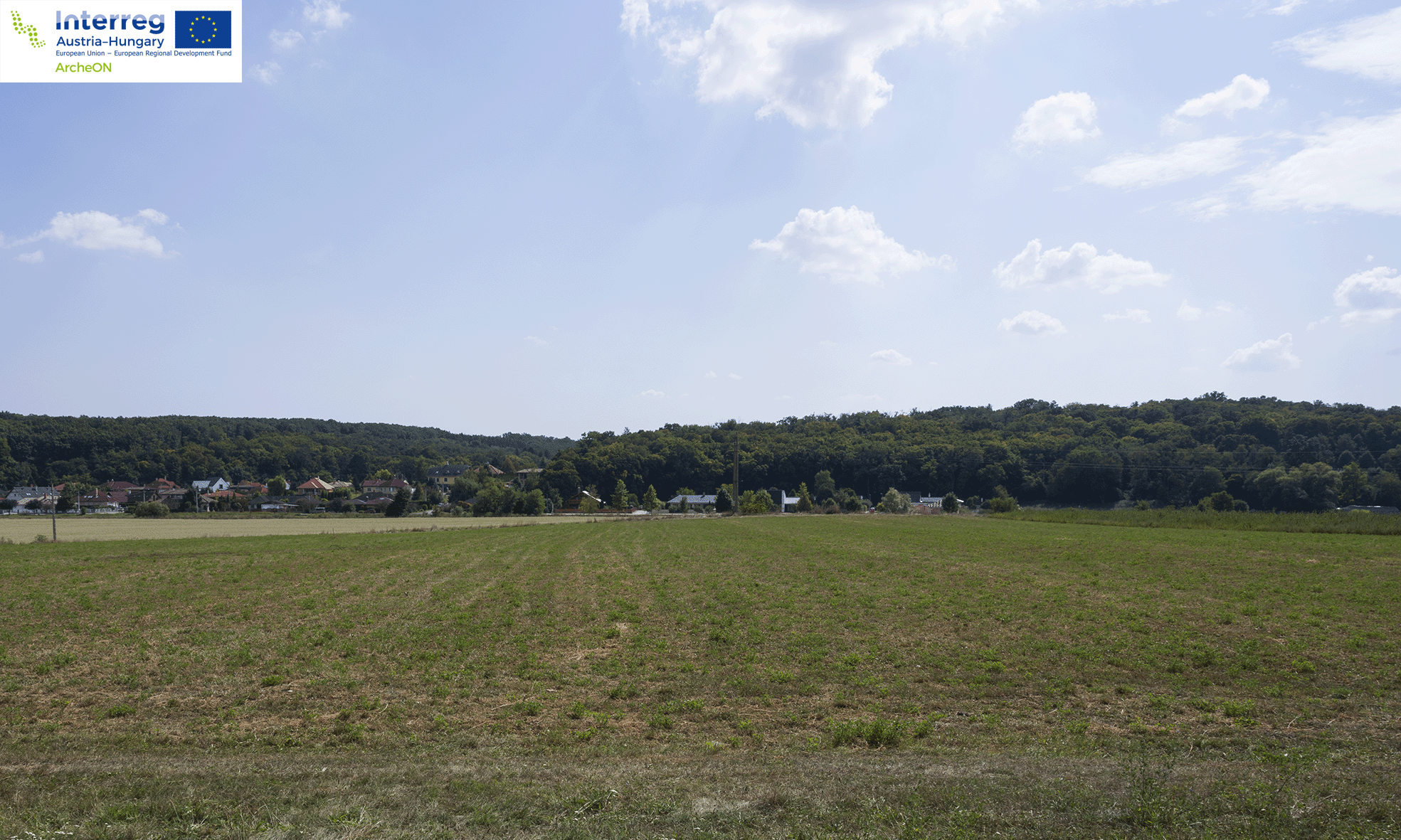
Coarse, S-profile ceramic pot from the formative/early phase of Lengyel culture. On the shoulder, knobs are placed following a presumably quadrilateral symmetry. A common find of the period.
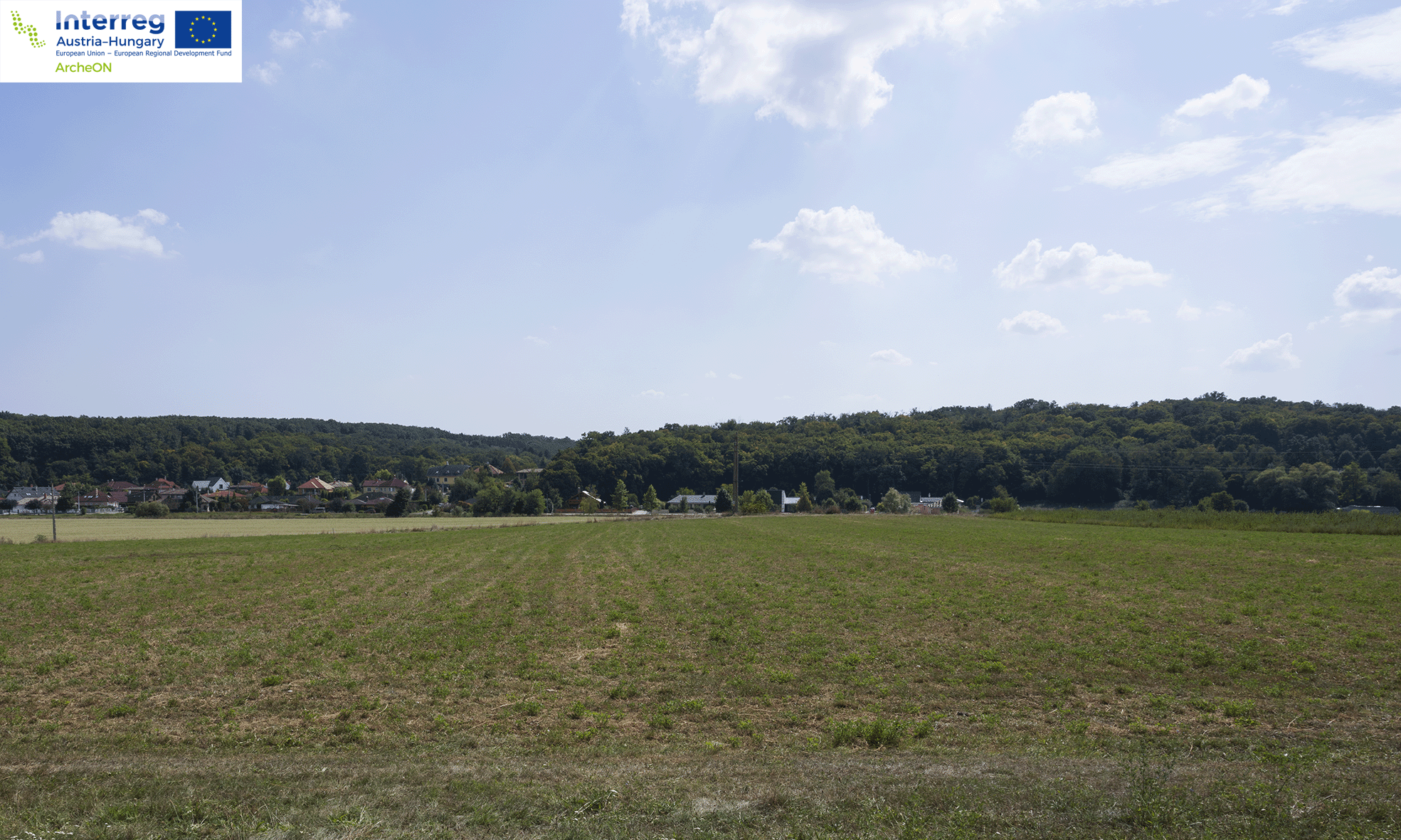
Small, coarse ceramic pot from the formative/early phase of the Lengyel culture. Smaller version of a common pot type of the period.
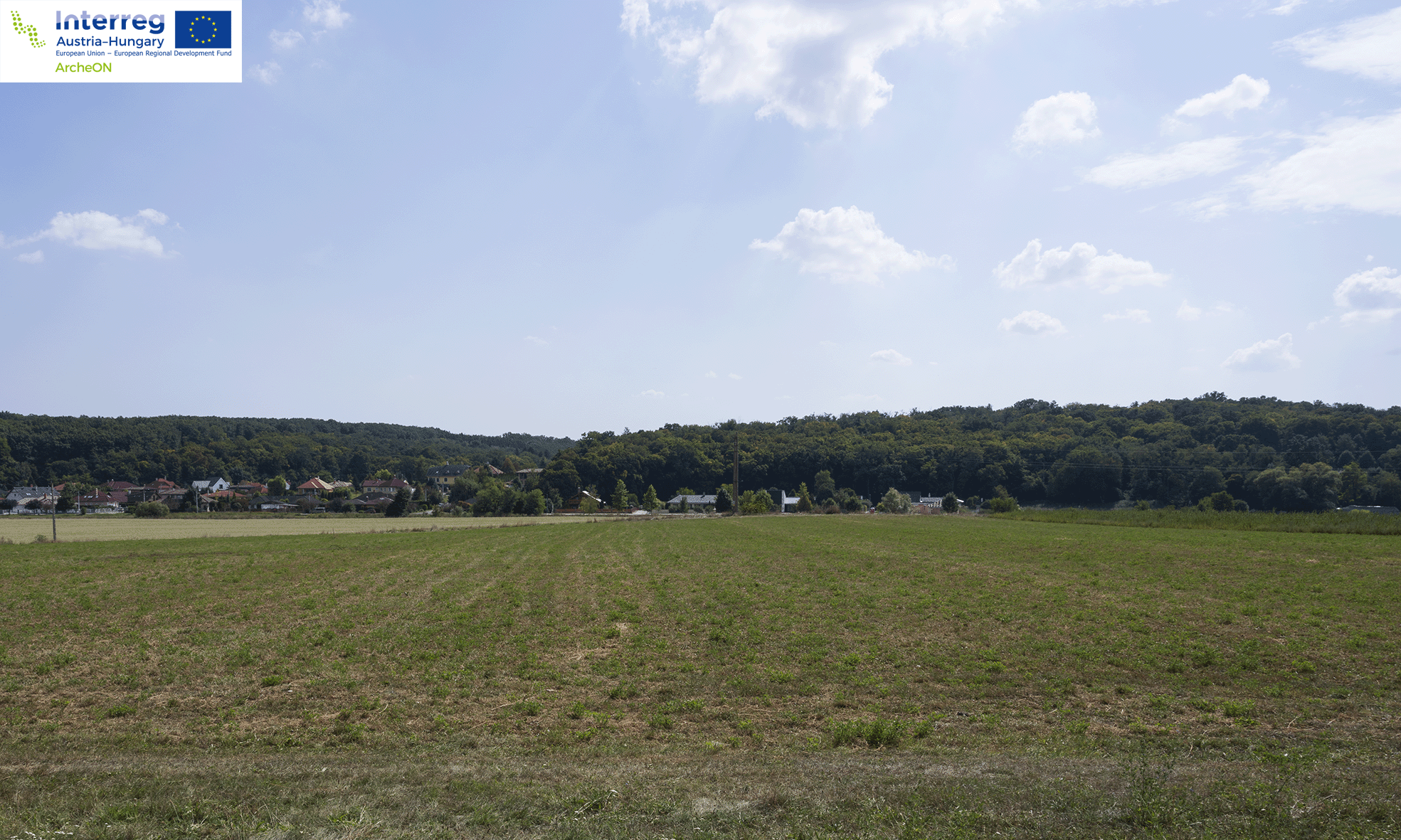
Large, blackish-grey hombar (dolium) with obliquely protruding, triangular cross-sectioned rim. Hombars belong to the grey domestic pottery kitchenware. Their function is twofold: we can encounter them as storage vessels in settlements and as urns in cemeteries. 2nd-3rd century AD.
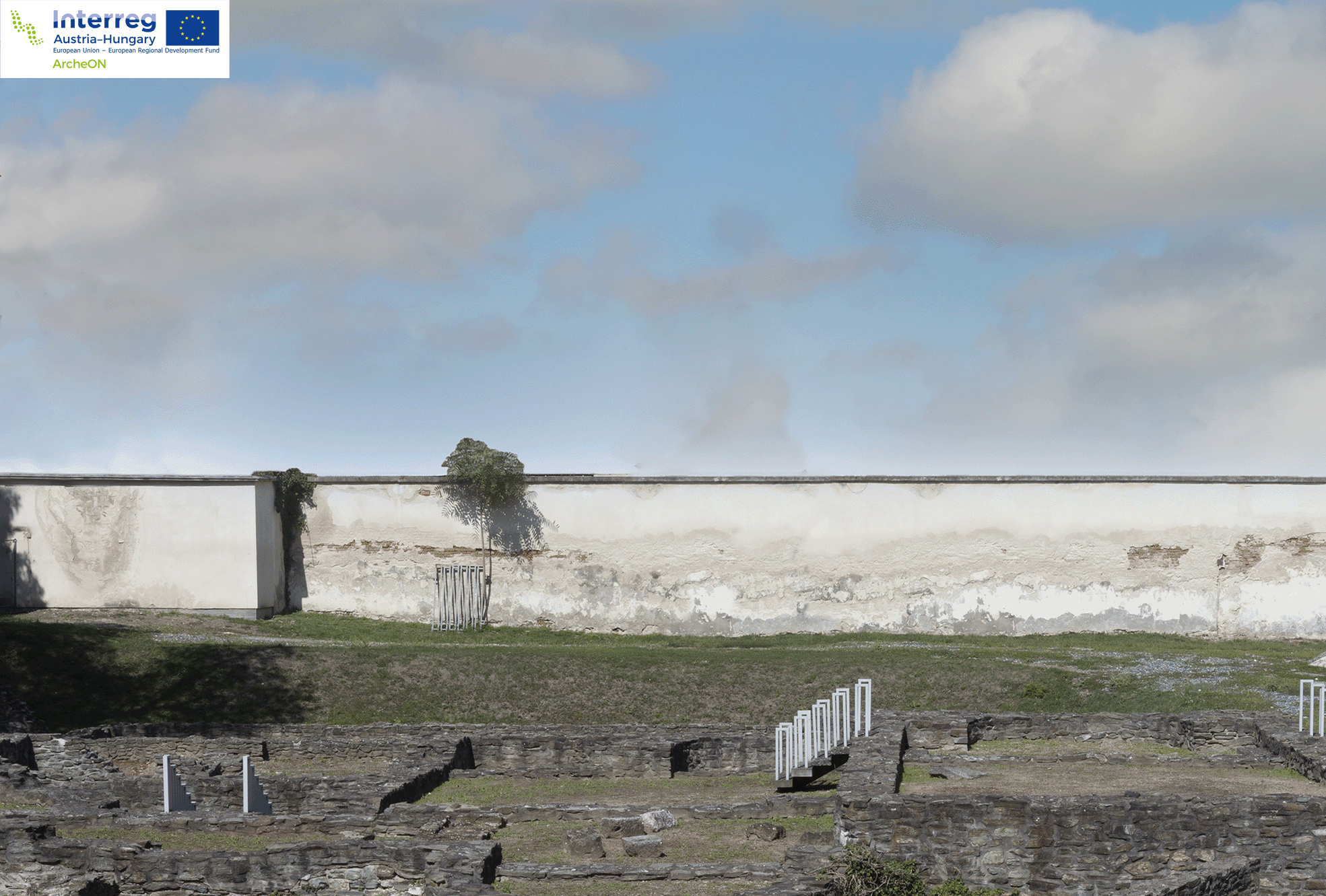
Jug with ears:a common type of vessel for everyday use, both for carrying and storing liquids (water). 2nd-3rd century AD.
